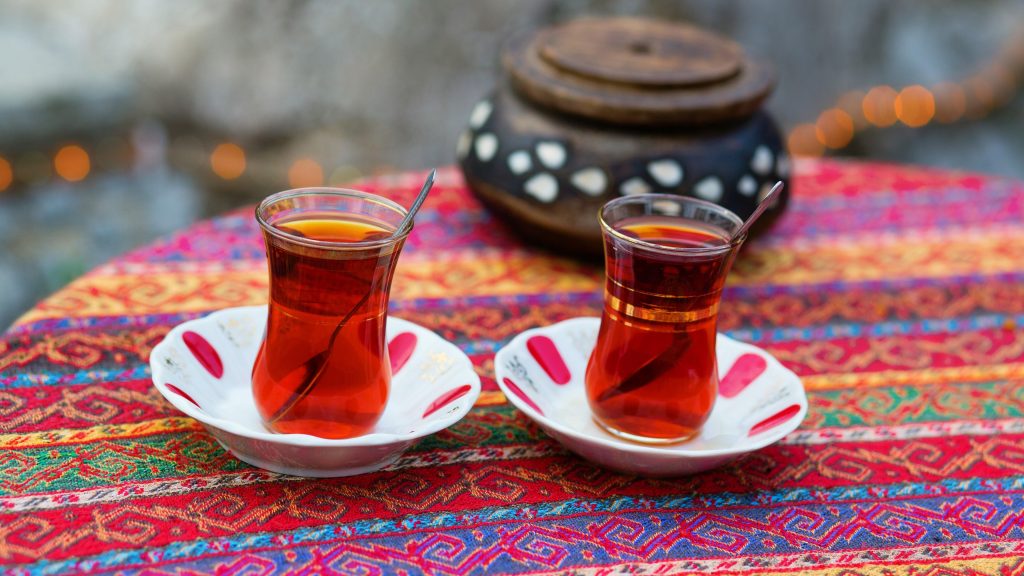
Cardamom, sometimes cardamon or cardamum, is a spice made from the seeds of several plants in the genera Elettaria and Amomum in the family Zingiberaceae. Both genera are native to the Indian subcontinent and Indonesia. They are recognized by their small seed pods: triangular in cross-section and spindle-shaped, with a thin, papery outer shell and small, black seeds; Elettaria pods are light green and smaller, while Amomum pods are larger and dark brown.
Species used for cardamom are native throughout tropical and subtropical Asia. The first references to cardamom are found in Sumer, and in the Ayurvedic literatures of India. Nowadays, it is also cultivated in some other countries, such as Guatemala, Malaysia and Tanzania. The German coffee planter Oscar Majus Kloeffer introduced Indian cardamom (kerala) to cultivation in Guatemala before World War I; by 2000, that country had become the biggest producer and exporter of cardamom in the world, followed by India.
Cardamom is the world’s third-most expensive spice, surpassed in price per weight only by vanilla and saffron.
The two main types of cardamom are:
True or green cardamom (or when bleached, white cardamom) comes from the species Elettaria cardamomum and is distributed from India to Malaysia. What is often referred to as white cardamon is actually Siam cardamom, Amomum krervanh.
Black cardamom, also known as brown, greater, large, longer, or Nepal cardamom, comes from species Amomum subulatum and is native to the eastern Himalayas and mostly cultivated in Eastern Nepal, Sikkim, and parts of Darjeeling district in West Bengal of India, and southern Bhutan.
The two types of cardamom, κάρδαμομον and ἄμωμον, were distinguished in the fourth century BCE by the Greek father of botany, Theophrastus. Theophrastus and informants knew that these varieties were originally and solely from India.

 Persian
Persian English
English





